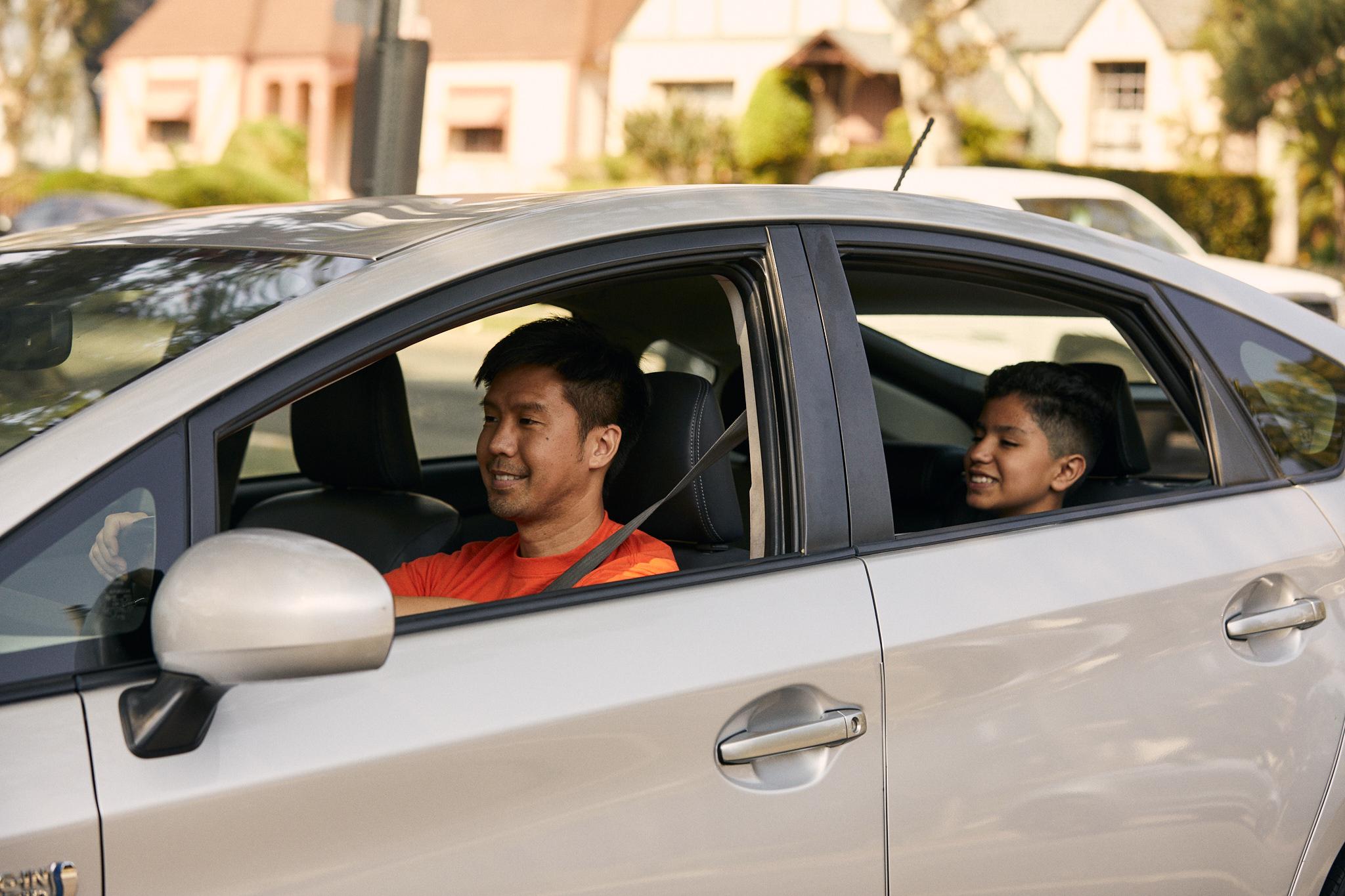Opportunity for All: The Link Between Transportation and Student Success
The daily operational complexities of running a school district are significant, and ensuring every student has consistent access to their educational journey is a perennial challenge. From addressing socioeconomic disparities to navigating the realities of student mobility, school districts are constantly seeking solutions that promote equity and remove obstacles.
Reliable transportation is a foundational element in this endeavor. By prioritizing safe, equitable, and care-centered transportation options, schools can directly impact student attendance, engagement, and, ultimately, success.
Enabling Opportunity for All Students Through Mobility
Equitable access to education remains a challenge in the U.S., and one rarely discussed issue, transportation, significantly impacts this challenge.
Transportation is an important part of bridging the gap toward achieving educational inclusion — a gap that needs to be addressed early on. Prioritizing accessible transportation options for all students is essential in creating a truly inclusive educational system. Accessible transit ensures every child can get to and from school regardless of their family’s income or living situation.
Our 2024 State of School Transportation Report found that 91% of respondents — made up of school and district leaders and transportation professionals — reported bus driver shortages in their districts. Sixty percent of school leaders said the driver shortage has been severe enough to require shortened or reduced routes.
The bus driver shortage is disrupting daily routines and exacerbating existing inequalities in access to education.
With a lack of qualified drivers, schools struggle to maintain consistent and timely bus services, impacting students’ ability to attend school regularly. In fact, according to our data, 44% of school leaders identify transportation challenges as a factor contributing to chronic absenteeism. More than 21% of respondents report that transportation challenges are the biggest contributor to chronic absenteeism in their schools, even more than student health issues. Research indicates that school bus eligibility decreases the probability of chronic absence for economically disadvantaged students by 20% to 25%.
As we work towards creating a truly inclusive educational system, addressing these contemporary challenges alongside broader access issues is crucial. By recognizing and actively mitigating the impact of the bus driver shortage and chronic absenteeism, we can move closer to a future where every student has equal opportunities to thrive in their educational journey.
Transportation Disparities Widen the Divide Among Students
Increasingly, students aren’t taking the school bus as much as they historically have. Recent reporting by the Washington Post finds that 53% of students are getting dropped off at school in some capacity or driving themselves — and the latest data from the National Household Travel Survey finds approximately 11% of students walk or bike to school.
This increasing reliance on private transportation is a major roadblock for students without access to a car.
Most Americans (even those with lower incomes) own at least one vehicle. For example, 84% of households with incomes under $50,000 own at least one car. Still, where does that leave those who don’t have a car? Nineteen percent of Americans living in lower-income households seldom or never drive. Plus, driving for those who own a car but don’t have high incomes could threaten their budgets.
Many students from low-income households rely on school transportation. This reliance can, and often does, pose a challenge for youth attending school districts that are experiencing budget cuts and grappling with driver shortages, which can result in fewer routes. It’s also a challenge for students who may have specialized needs that can’t be met by a fixed-route school bus. When a bus isn’t the right fit and a student’s family can’t drive them to school, the options are even more limited.
Another report by the Urban Institute underscores how students who rely on public transportation are at a disadvantage compared to their peers who have access to private transportation. The report found that access to a car increased school availability for families, allowing them greater flexibility in choosing educational environments beyond the constraints of public transportation schedules and routes.
These inequalities also extend to youth with special needs and students with individual education programs (IEPs). Research highlights that these students may not be able to use traditional buses due to limited access and seating. The benefits of inclusion when integrating youth with special needs into an environment alongside their neurotypical peers — whether it be on a school bus, in a classroom, or elsewhere — can be profound. This is especially pertinent since our data found a 2,624% increase in rides for students with IEPs on our platform since 2020.
Lack of Transportation Options Can Affect Education and Health Outcomes
With fewer reliable transportation options, many students face long commute times that can affect their sleep quality, overall health, and academic performance. Although the average commute time for a high school student is about 18 minutes, some students travel more than an hour. This extended commute not only adds stress but also limits the time available for extracurricular activities, social connections, and quality rest, impacting students’ holistic well-being.
More studies reveal how lengthy commute times lead to poorer health and wellness outcomes for these students. The data on the link between commute times and student success is eye-opening:
A study reported by Bloomberg found that even a one-minute increase in commute times can reduce sleep by 1.3 minutes, meaning a student with a commute 20 minutes longer than another would get about 26 minutes less sleep per day.
The same study also found that students with longer commutes weren’t able to exercise as often as their peers who have shorter commutes, contributing to decreased physical activity levels and potentially affecting overall health.
According to the Brookings Institute, chronic absenteeism and lower test scores are also more common in students with commute times over 45 minutes.
Based on these reports, it’s clear that transportation plays a pivotal role in shaping students’ academic, social, and emotional success, as well as their physical and mental well-being. Recognizing the significant impact of reliable transportation on students’ development underscores the urgency for solutions that address commute times and other, broader challenges hindering educational and health outcomes.
Bridging the Transportation Gap for Students
The traditional school bus system simply isn’t flexible enough to accommodate every student’s diverse needs. Innovative solutions designed for non-routine school transportation are essential to providing personalized, efficient alternatives for all.
As a supplemental transportation solution that works alongside the yellow bus, HopSkipDrive works with schools, government agencies, and nonprofits to modernize the journey to and from school, extracurriculars, support services, and more by arranging flexible options that stretch beyond the system’s current limitations.
As one part of a multimodal transportation landscape, HopSkipDrive supports:
Students with special needs and/or IEPs
Youth experiencing homelessness eligible for McKinney-Vento services
Nonprofits working with youth
Small group and after-school activities, including field trips
Students in career and technical education programs (CTEs)
Students in internships and work-study programs
Working with schools and districts, HopSkipDrive empowers students and their families to navigate the path to success by arranging safe and dependable transportation that removes barriers to education — and opens doors to a brighter future.
Interested in learning more about how HopSkipDrive is helping to set students up on the path to success?


